West Somerton St Mary's Round Tower Church • Norfolk (original) (raw)

West Somerton St Mary

West Somerton St Mary

West Somerton St Mary

West Somerton St Mary

West Somerton St Mary
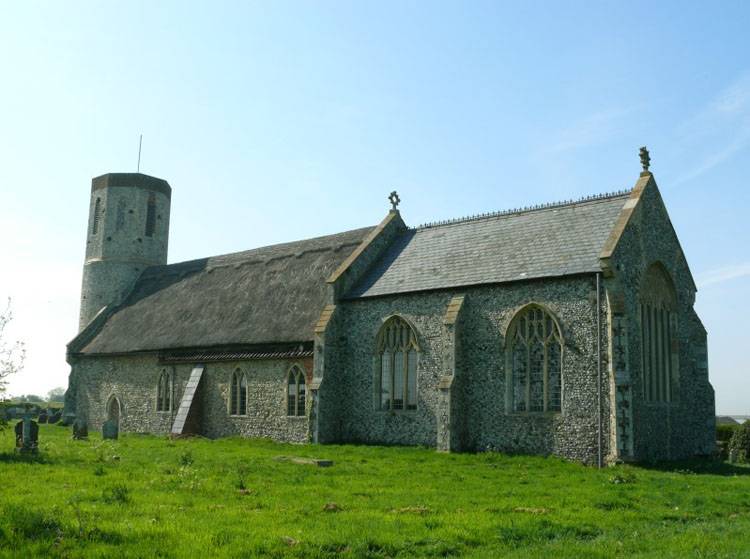
West Somerton St Mary

West Somerton St Mary
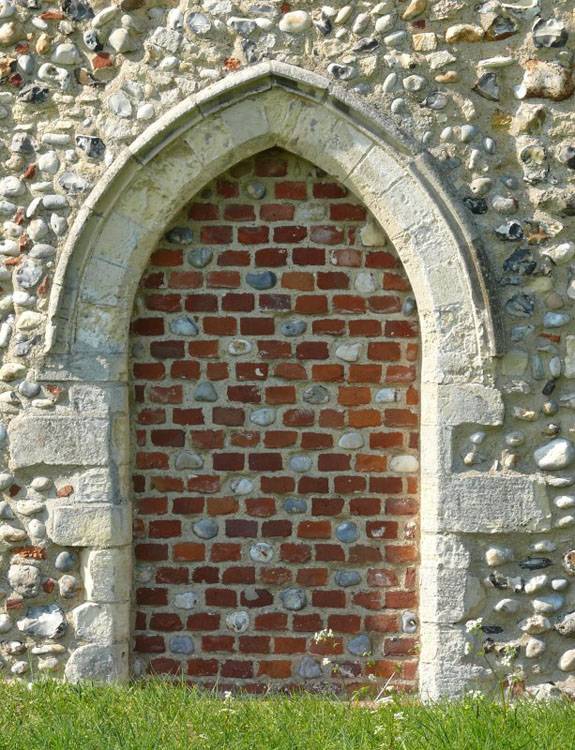
West Somerton St Mary

West Somerton St Mary
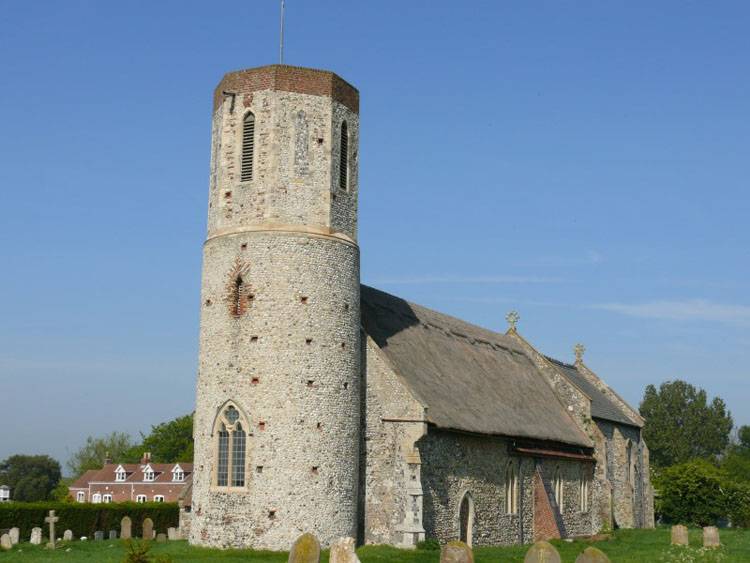
West Somerton St Mary

West Somerton St Mary

West Somerton St Mary

West Somerton St Mary

West Somerton St Mary
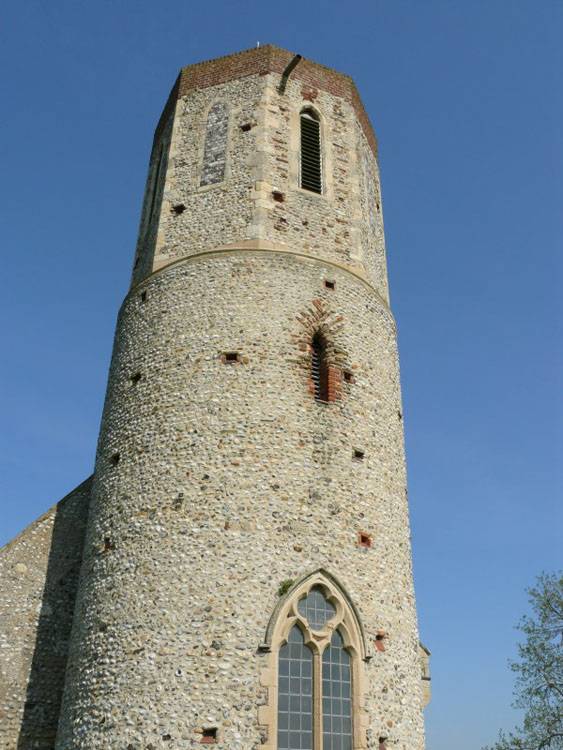
West Somerton St Mary

West Somerton St Mary
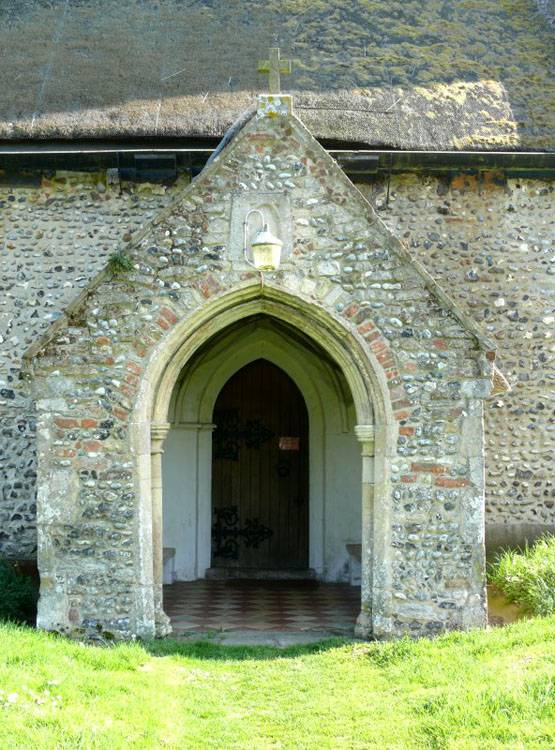
West Somerton St Mary

West Somerton St Mary

West Somerton St Mary

West Somerton St Mary

West Somerton St Mary

West Somerton St Mary

West Somerton St Mary

West Somerton St Mary

West Somerton St Mary

West Somerton St Mary

West Somerton St Mary

West Somerton St Mary

West Somerton St Mary

West Somerton St Mary
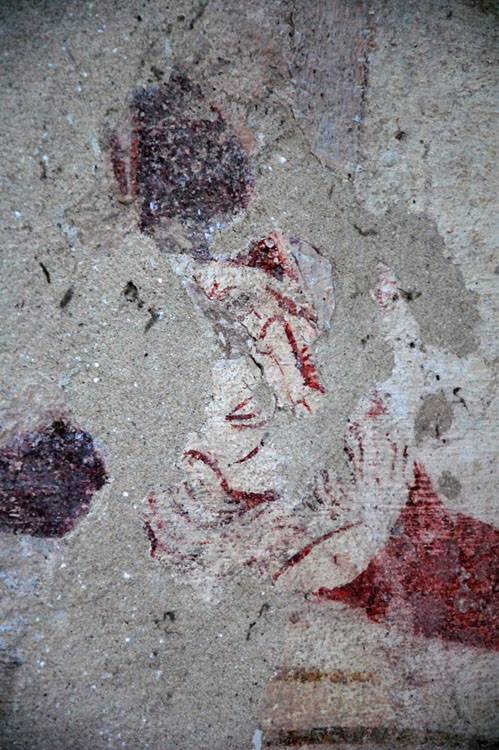
West Somerton St Mary

West Somerton St Mary

West Somerton St Mary

West Somerton St Mary

West Somerton St Mary

West Somerton St Mary

West Somerton St Mary

West Somerton St Mary

West Somerton St Mary

West Somerton St Mary

West Somerton St Mary

West Somerton St Mary
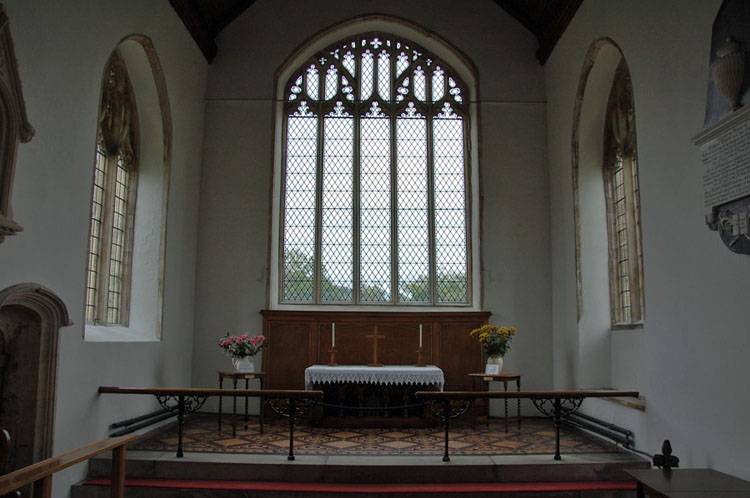
West Somerton St Mary

West Somerton St Mary

West Somerton St Mary

West Somerton St Mary

West Somerton St Mary

West Somerton St Mary

West Somerton St Mary

West Somerton St Mary

West Somerton St Mary

West Somerton St Mary

West Somerton St Mary
What you need to know about this church
St Marys Church West Somerton
Where to find this church
Church Information
St Marys church is located in West Somerton, a Norfolk village about 2 miles west to the coastal village of Winterton-on-Sea.
This church is usually open to visitors
* denotes external links that open in a new window
Visiting West Somerton St Mary
What a joy it is to visit St Mary’s in West Somerton on a sunny day! You have wonderful views to the coast from here, and the setting of the church is really beautiful. Furthermore, here is plenty to see and discover!
Late 13th century is given for this tower, which is all of one build. It has a somewhat spotty appearance, due to its regular put-log holes (for the horizontal scaffolding poles) being framed with red brick. The ground floor west window is a 14th century insertion and higher up is a brick-framed slit window. The belfry is octagonal, with lancet openings on four sides and dummy openings, infilled with black flints, alternating. The nave and the north porch are thatched, though the nave has extensions below the eaves, roofed with red tiles, protecting the tops of the walls. Just to the east of the north porch is a blocked 12th century doorway with Roman tiles re-used for its arch. Possibly this marked the approximate length of the original church, with it being extended westwards in the 13th century, the date of the present doorways. The chancel has 15th century windows, but the nave retains some smaller, earlier styles. Before entering the church there is a large sarcophagus-like tomb to the north-east which remembers Robert Hales, 1820-1863, the Norfolk Giant, 7 feet 6 inches tall and weighing over 32 stone.
Immediately on entering this Church it is apparent that there are extensive remains of wall paintings here. On the north wall is a faded series of pictures showing the Passion Story and the Resurrection, just about visible: Jesus on a donkey entering Jerusalem, His figure with a blue loin cloth being scourged, carrying the Cross, the Resurrection with Christ in a green vestment stepping out of the tomb. On the south wall is one large scene, dated 1377, the remains of Christ in Judgement: one foot and the toes of Christ on a rainbow, either side kneeling figures of the Blessed Virgin Mary, with angels standing behind, E is “Mary of the World” (cupping her breast) and W is “Mary of the Heart” (pointing to her heart), two angels with horns or trumpets, and along the base good souls arising, with mitre, crown, cap or soldier’s headgear. Further west there are the remains of St Christopher, his hand on a staff and clasping the lower part of a child. The font, near the pointed tower arch, is plain, probably 14th century. There is a coffin slab, part covered, near the south doorway. The nave has a 19th century wagon roof. The pulpit is hexagonal (six sided) with concave sides, and tiny heads can be found on the buttresses. The fine 15th century Rood screen with ogee arches was restored in 1911.